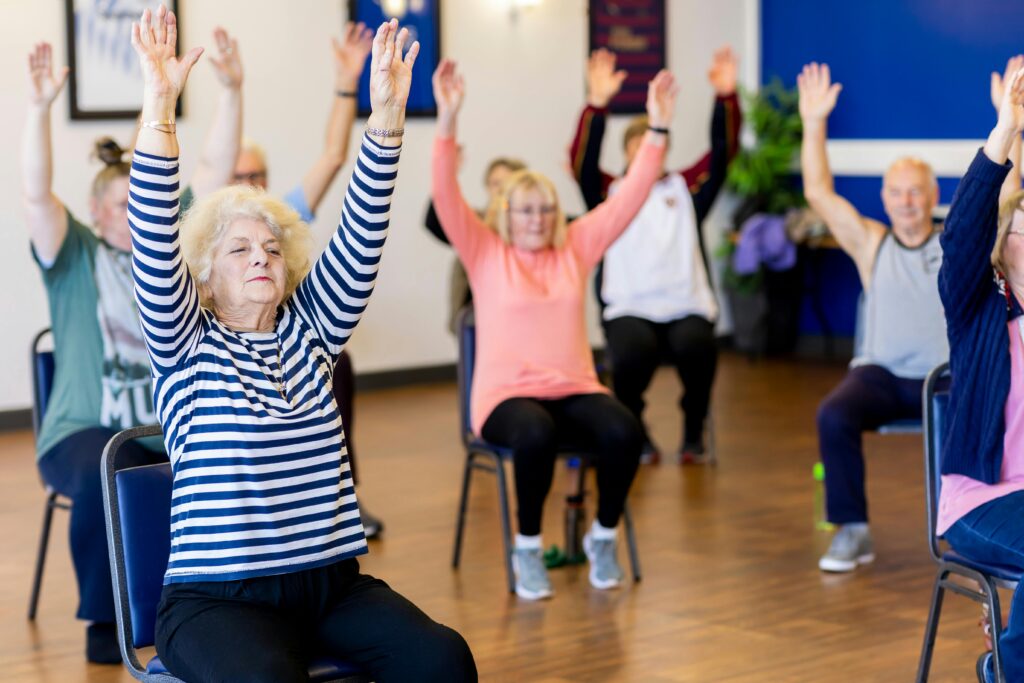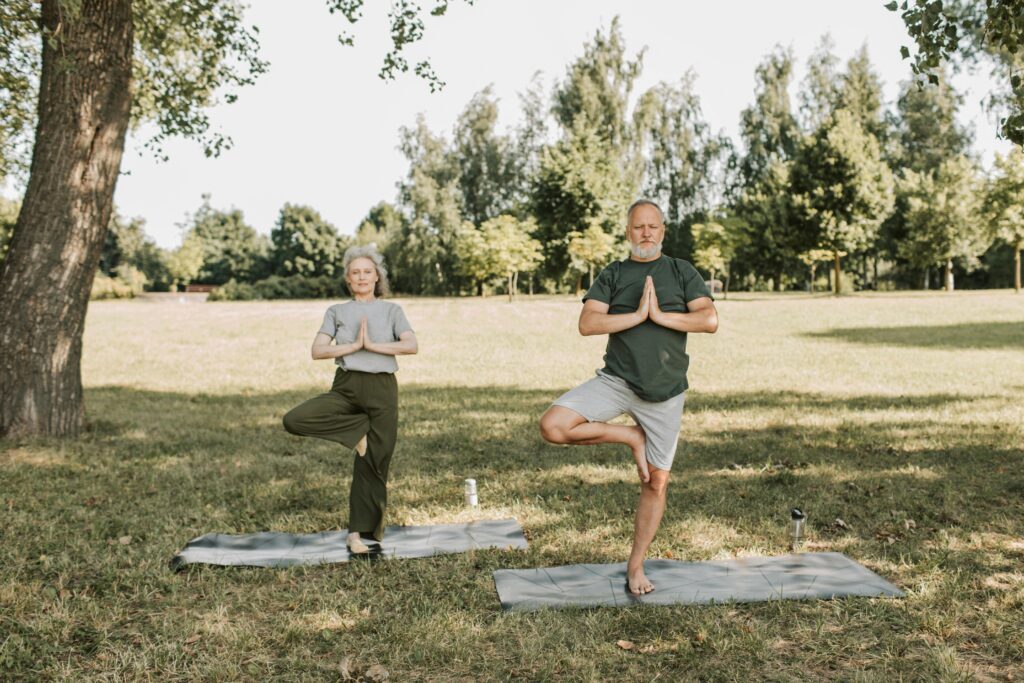Staying healthy as we age isn’t just about adding years to life—it’s about adding life to those years. As older adults navigate changes in their bodies, routines, and lifestyles, focusing on wellness becomes more important than ever. From nutritious eating and staying active to nurturing mental health and building social connections, healthy living empowers seniors to maintain independence, energy, and joy. In this article, we’ll explore practical tips and simple habits that can make a big difference in everyday life, helping older adults feel their best and thrive at any age.
“The secret to staying young is to live honestly, eat slowly, and lie about your age.” — Lucille Ball
Healthy living in older adulthood involves a combination of balanced nutrition, regular physical activity, and mental well-being, all of which work together to enhance overall quality of life. For example, incorporating nutrient-rich foods like fruits, vegetables, whole grains, and lean proteins can support immune function and reduce the risk of chronic diseases such as heart disease and diabetes. According to the Centers for Disease Control and Prevention (CDC), adults aged 65 and older should aim for at least 150 minutes of moderate exercise per week, which can include walking, swimming, or gentle yoga—activities that improve strength, balance, and cardiovascular health. Mental health is equally crucial; engaging in social activities, practicing mindfulness, and pursuing hobbies can help combat loneliness and cognitive decline. Experts agree that these holistic approaches not only prolong life but also enrich it, allowing older adults to remain active, independent, and fulfilled.


While embracing healthy habits is essential, it’s important to recognize that aging isn’t a one-size-fits-all experience. Some older adults may face chronic conditions or mobility challenges that require tailored approaches to diet and exercise. For instance, someone with arthritis might benefit from low-impact activities like swimming or chair yoga instead of more strenuous workouts. Nutrition needs can also vary; certain medications may affect appetite or nutrient absorption, making consultation with healthcare providers vital. Additionally, mental health is often overlooked but deserves equal attention—stress, anxiety, and isolation can impact physical health just as much as diet and activity. By understanding these nuances and adapting strategies accordingly, older adults can create a personalized wellness plan that truly fits their unique needs and lifestyle.
Wrapping Up with Key Insights
In summary, healthy living for older adults is about embracing a balanced lifestyle that nurtures the body, mind, and spirit. By focusing on nutritious eating, regular physical activity, and meaningful social connections, seniors can enhance their independence, vitality, and overall well-being. Remember, every small step—whether it’s choosing a wholesome meal, taking a daily walk, or reaching out to a friend—adds up to a healthier, happier life. Take these insights as inspiration to create your own personalized path to wellness, and know that it’s never too late to invest in your health and happiness.


Leave a Reply